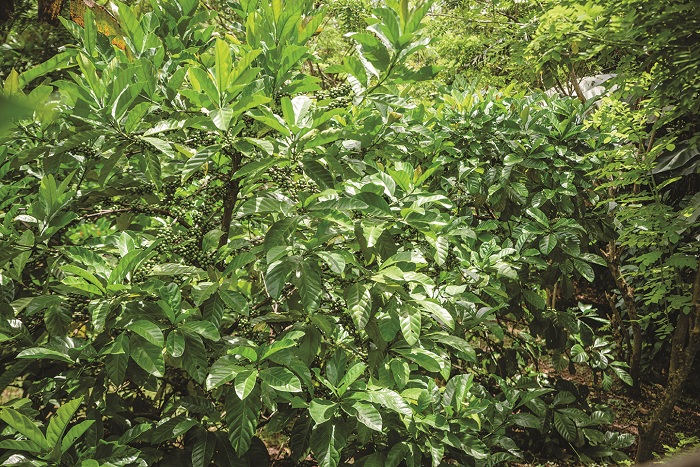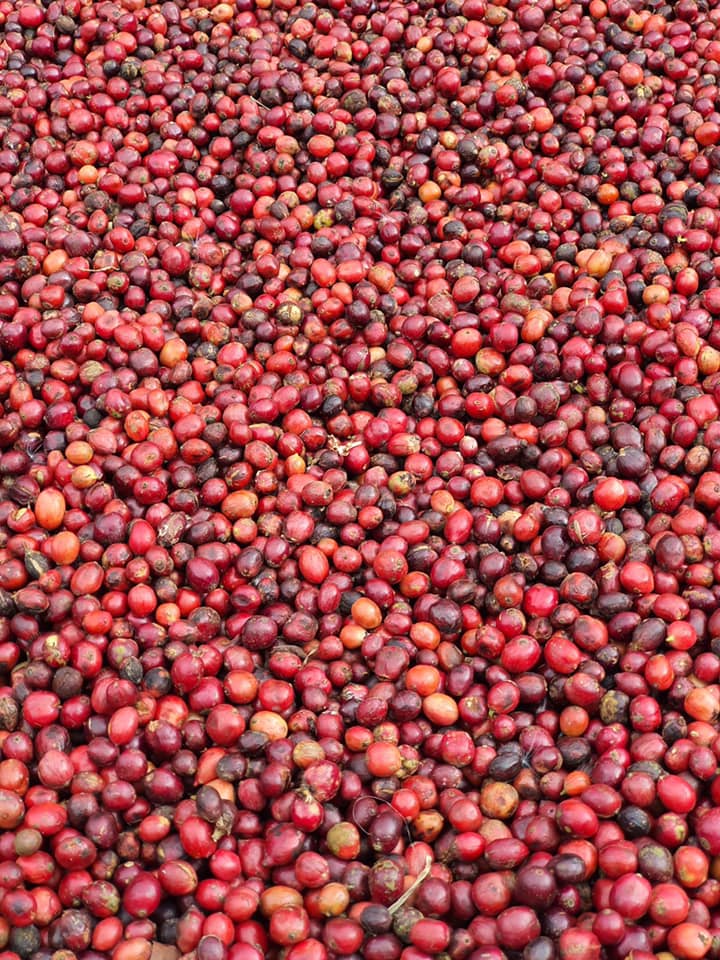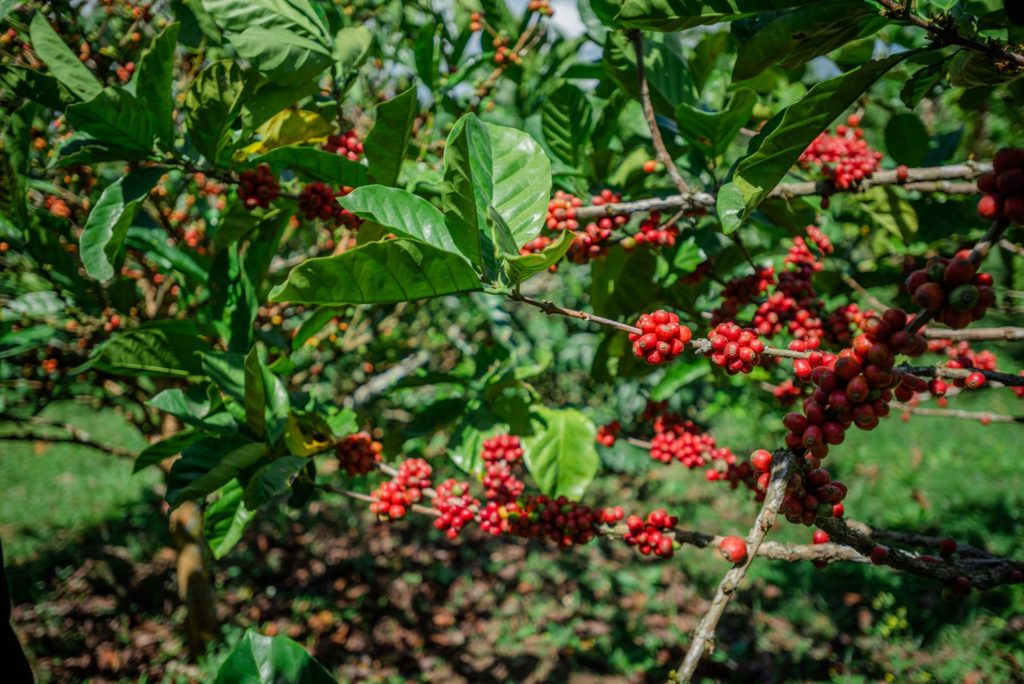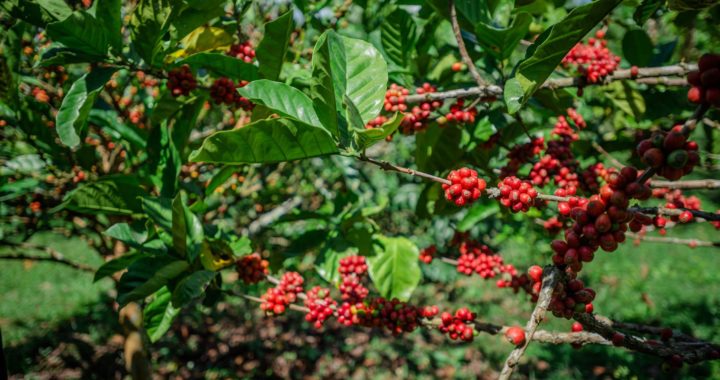While most coffee lovers are familiar with Arabica and Robusta, there is a third species of coffee bean that is not as well known: Liberica. Liberica coffee accounts for around 2% of the coffee consumed worldwide, and most of this consumption occurs in the country where Liberica coffee is highly popular: the Philippines.
While it originated in Western and Central Africa, it was introduced to Southeast Asia in the 19th century where it has grown to have a dedicated following in countries such as the Philippines, Malaysia, and Indonesia. However, due to an epidemic of the coffee rust disease in other countries, the Philippines has today become one of the largest exporters of this rare coffee species.

Barako trees
The Flavor Profile of Liberica
Liberica has a strong and unique flavor, with some people saying that you either “love or hate it, with no in between”. Those who love the taste of Liberica coffee appreciate the smokey and chocolatey taste of the coffee, particularly because the taste is accompanied by floral and spicy undertones.
However, there are also those who are not fans of Liberica because they feel that the flavors are too dense and overpowering. In the Philippines, this strong and bold flavor is the reason why Liberica coffee is colloquially known as “barako”, which means “manly”.
Another reason why Liberica is known to be an acquired taste is because of the distinct smell that comes from the beans while they are being roasted. During roasting (and some say, even when brewed), Liberica beans give off a strong smell of durian. Anyone who is familiar with this fruit knows that it has such a strong odor. If you are not familiar with the scent of durian, some people have likened it to wet socks or even moldy cheese; the smell is so strong that bringing durian on airplanes is not allowed in many Southeast Asian airlines!

How is Liberica Enjoyed Best?
Liberica beans are typically dark roasted and ground finely. If you want to enjoy it in the “Filipino” way, you will take it black or with a little bit of muscovado sugar. In the Philippines, a cup of barako coffee is considered to be a breakfast staple.
Today, there are many independent roasters who are looking to promote barako coffee to become more mainstream. This is all in an effort to help support local coffee farmers, particularly in the provinces of Batangas and Cavite where the majority of Liberica coffee is grown.

Conclusion
If you love unique coffee flavors, you should give Liberica coffee a try! The strong and bold flavor profile might not be something that you’re used to, but if you make the coffee right, you’ll definitely fall in love with this rare coffee.
Written by Earl of Coffee / Photos by PCBI
